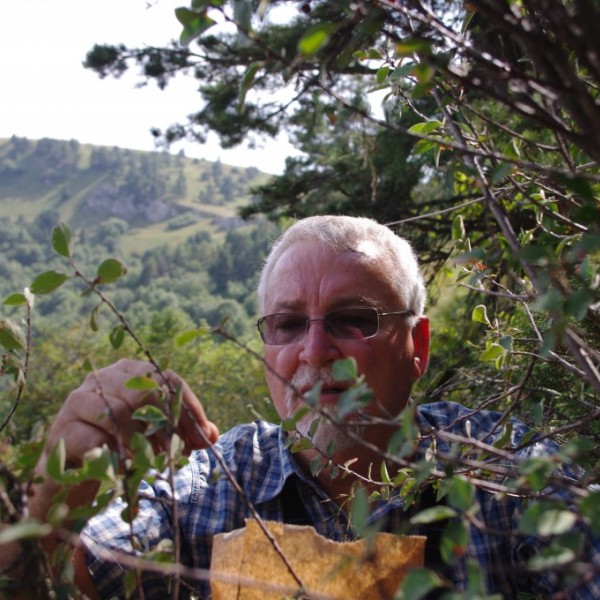
Dendrochemistry: using the analysis of archived and contemporary soil samples to document changes in soil quality in a managed area 2016
CBG
Ecology, Soil & Fungal Biology
Soil dendrochemistry, or the elemental analysis of dated soil samples, has been used to monitor historical changes in soil and atmospheric chemistry, soil development, and land-use history. For restoration ecologists, however, this approach also provides a way to detect the long-term changes in environmental quality since variations in soil chemistry typically coincide with changes in plant tissue chemistry. The goal of this study is to compare the chemical properties of soil samples collected over summer 2016 with those collected 10 years ago after the construction of the berm at the Chicago Botanic Garden, and link those to metrics of plant growth.
The intern will:
- Collect soils from the same sampling points on the berm as was used 10 years ago
- Analyze the archived and newly collected soil samples for pH, salinity, nitrogen and carbon.
- Analyze plant stem/ foliage for stable isotope 13C and 15N as integrated measures of plant growth and nutrient use efficiency.
- Use these data to examine changes in soil quality over time, and determine whether changes in soil chemistry can be used as a proxy for plant growth and nutrient use.



